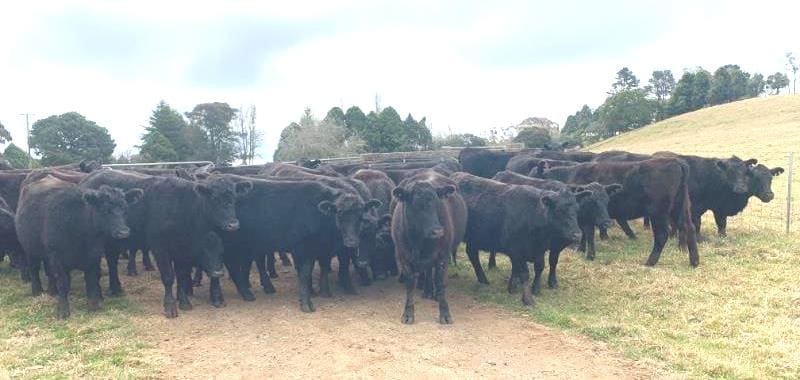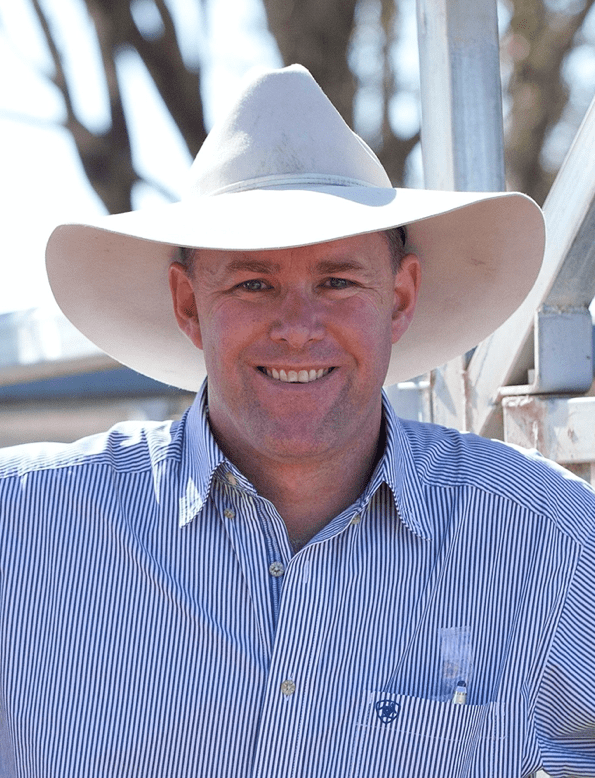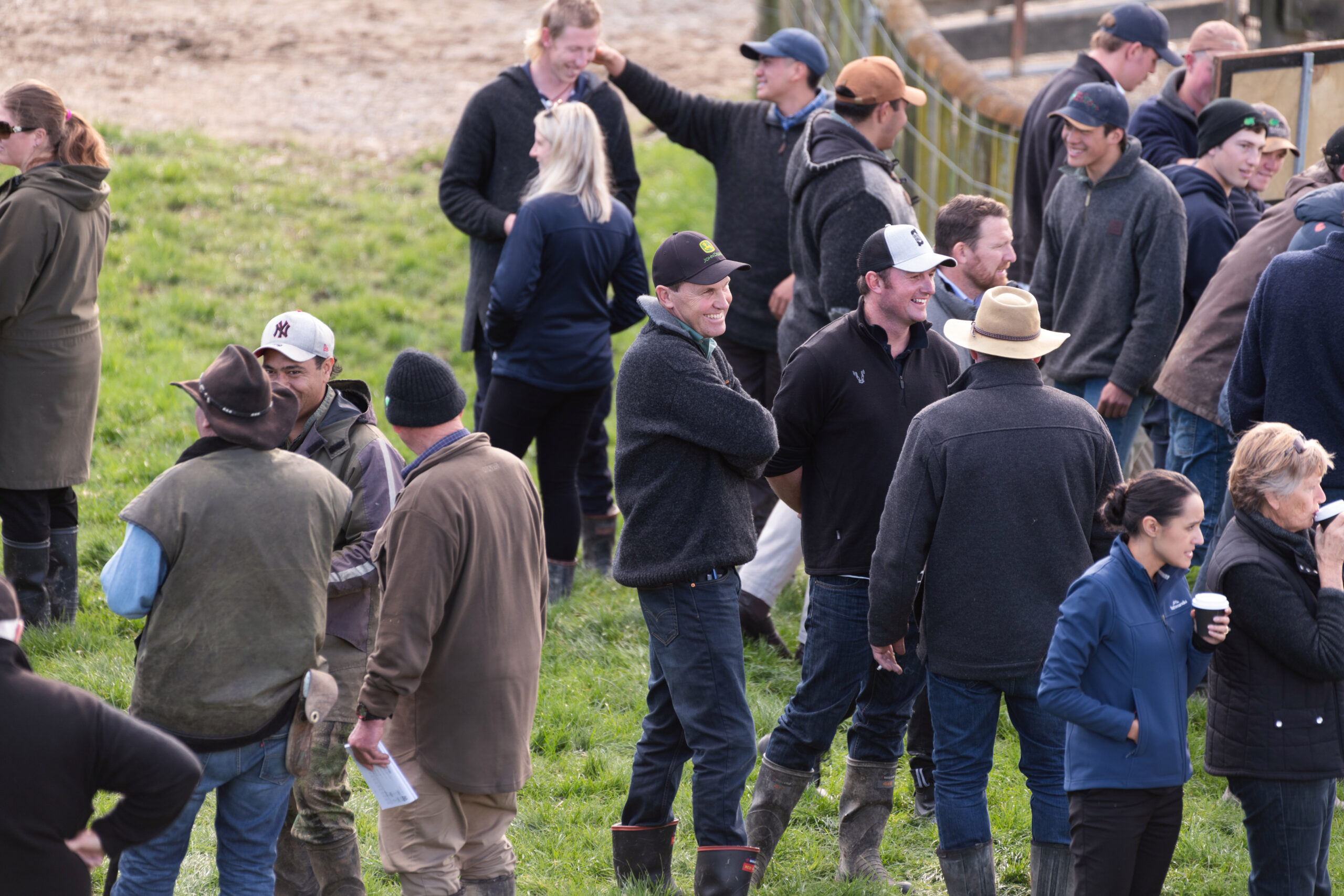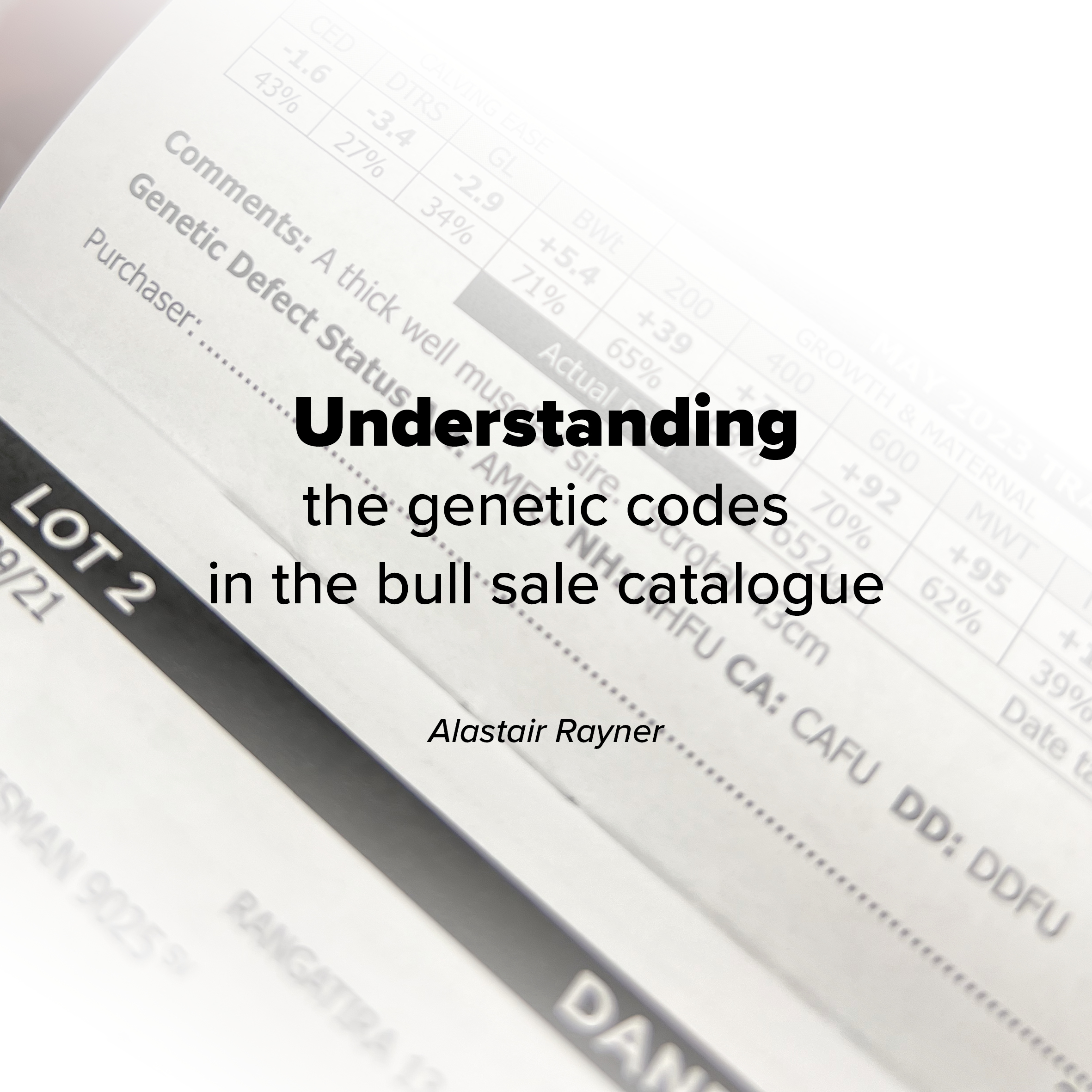Genetics editor Alastair Rayner, 18/07/2023

PURCHASING and introducing a new bull into a herd is often an occasion of excitement or anticipation for many beef producers.
The anticipation of seeing improvement in the performance of a herd as a result of the introduction of new genetics and the expression of those traits is something most people can relate to.
While new genetics often means improvements and increased production, there are times when new genetics actually create a problem – in that case, anticipation turns into regret and ongoing disappointment.
These occasions are often the result of the occurrence of a genetic disorder in the next group of calves to be born.
There are more than 400 genetic disorders identified in cattle, and at some time or other, there is a risk that a producer will encounter one or more of these in their herd. Genetic disorders can range on their degree of impact in a herd from poor growth or fertility performance, through to structural unsoundness to semi-lethal and lethal impacts on calves.
Some genetic disorders are breed-specific, or more heavily present in some breeds than others.
Semi-lethal conditions mean not all calves will survive through to maturity. For example a condition known as “Fawn Calf syndrome” or Congenital Contractual Arachnodactyly (CA) may prevent some calves from suckling after birth, resulting in death. However other affected calves may be able to suckle and grow onto maturity. A lethal condition, such as Pompes, means no affected animal will survive to maturity.
Unfortunately not all genetic disorders have clear or specific symptoms. There are many instances where calves are lost, and the causes are often attributed to other issues such as environmental factors or disease. This can often result in producers remaining unaware of the potential issue that exists in their herd.
Modes of inheritance
Genetic conditions do have different modes of inheritance. However many of the more frequently encountered conditions have a simple recessive inheritance of a single gene mutation.
This actually makes identification and management of these conditions much more straightforward for herds. In considering these single gene recessive conditions there are three possible outcomes producers will face. These are:
- Free – animal carries two normal genes and no copies of the mutation
- Affected – affected or abnormal animal which carries two copies of the mutation.
- Carrier – animal which looks normal but carries one copy of the mutation which can be passed on to offspring.

With this basic framework in mind, producers can start to consider strategies for their own herds. In the first instance, above average calf loss does not automatically mean a genetic condition has been the cause. In those occasions, producers should engage with their veterinarian or advisor to eliminate other potential causes of loss as well as planning on future management if a genetic disorder does become the primary issue.
The increasing use of DNA testing now offers breeders and producers greater opportunity to identify cattle that could be sources of genetic conditions and manage them accordingly.
For example Angus Australia identifies and manages nine conditions, Herefords Australia reports on five conditions and Brahmans report on Pompes Disease. Wagyu have five known genetic conditions. This fact sheet provides helpful information about Wagyu genetic conditions, testing and prediction.
The capacity to identify and test for genetic disorders allows bull breeders the opportunity to provide their clients with information regarding the genetic status of the bulls they are offering at sale. It is very common now for sale catalogues to explain the conditions that have been tested for, and the results that have been returned for each bull.
This information may be overlooked or not always considered by producers buying bulls, which can leave them open to risk of introducing a potential carrier to their herd. There are five levels of reporting that can be offered for each specific disorder a breeder or breed has tested for.
These codes are prefixed with the two letters (in capitals) that designate the genetic condition, e.g.: AM (Arthrogryposis multiplex) followed by one of the codes listed below:

In a typical sale catalogue, sires may have their genetic status published for several conditions. An example may look like this – AMF, CAF, DDF, NHF, MHF, OHF, OSF
The first two letters describe the condition, while the “F” signifies this animal has been tested and found free of the condition. In this case a producer who was seeking to use this bull can be confident they are not introducing these conditions into their herd.
Conditions that have a % attached describe the chance of that animal being a carrier based on its pedigree. In these cases producers may need to consider if that percentage chance, combined with their knowledge of the females the bull will be joined to is likely to cause an issue in the next generation.
In seeking to manage genetic conditions, knowing the status of bulls at sale is a major advantage. Producers have managed to use bulls that are free of conditions as well as bulls that were carriers of a condition successfully. Their success lies in knowing the status of the bull and then mating him with cows of a known status. The greatest risk for produces is using bulls of an unknown status with cows of an unknown status.
If producers are concerned about the risk of genetic conditions, choosing sires that are tested free or at the least published as FU for conditions can minimise the risks of introducing and then having to manage conditions in the subsequent generations.

Alastair Rayner is the Principal of RaynerAg, an agricultural advisory service based in NSW. RaynerAg is affiliated with BJA Stock & Station Agents. He regularly lists and sell cattle for clients as well attending bull sales to support client purchases. Alastair provides pre-sale selections and classifications for seedstock producers in NSW, Qld and Victoria. He can be contacted here or through his website www.raynerag.com.au


